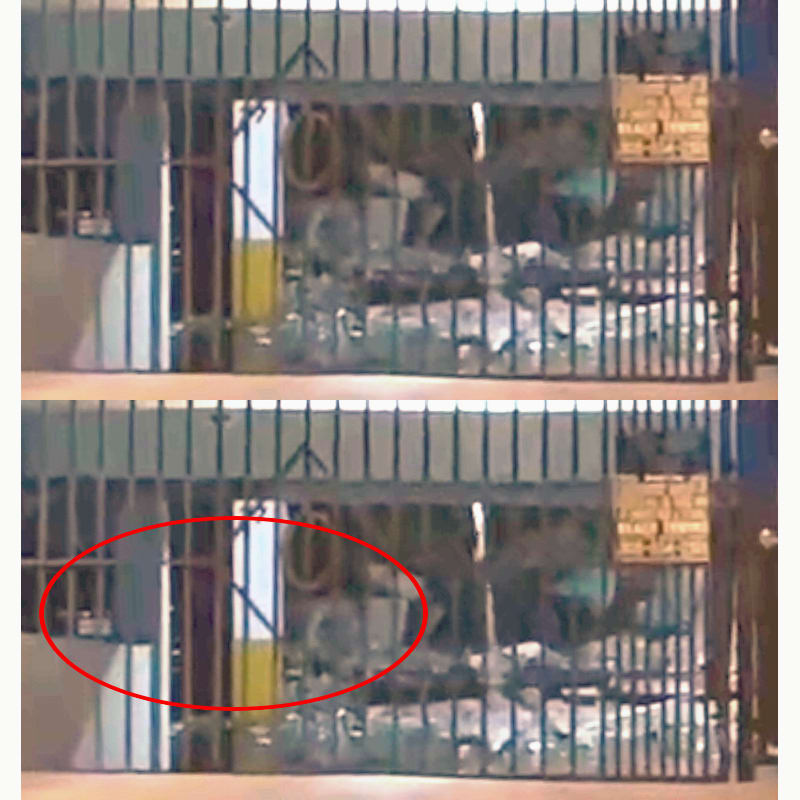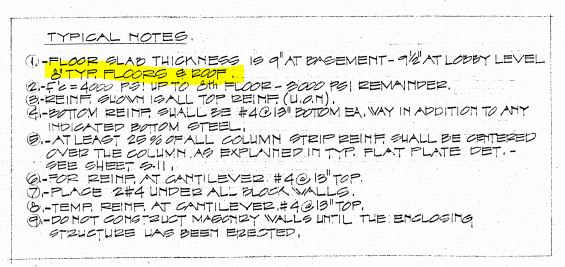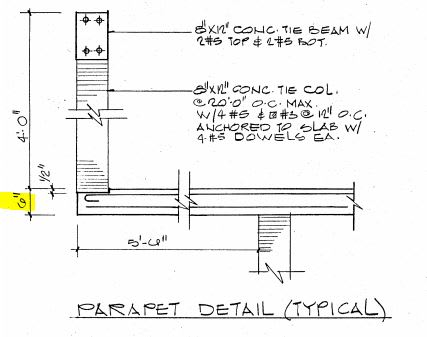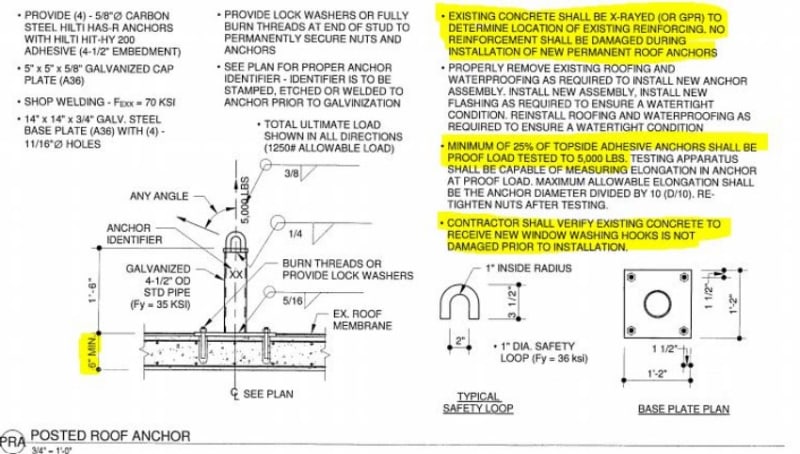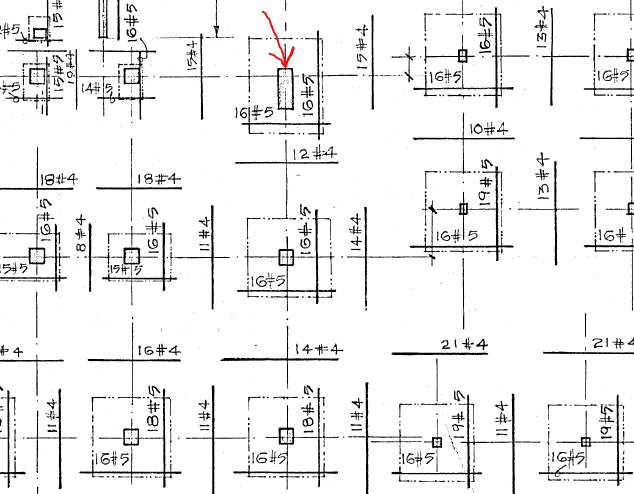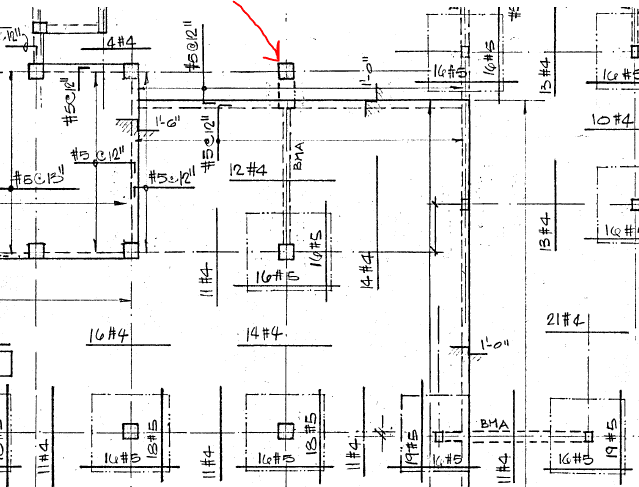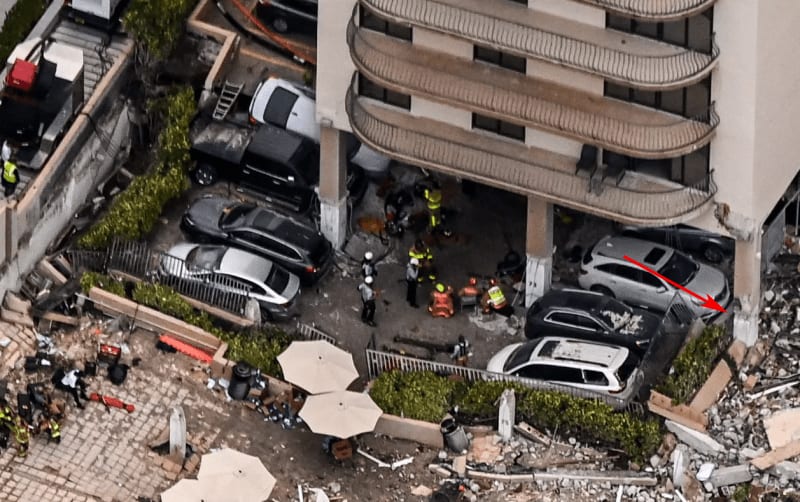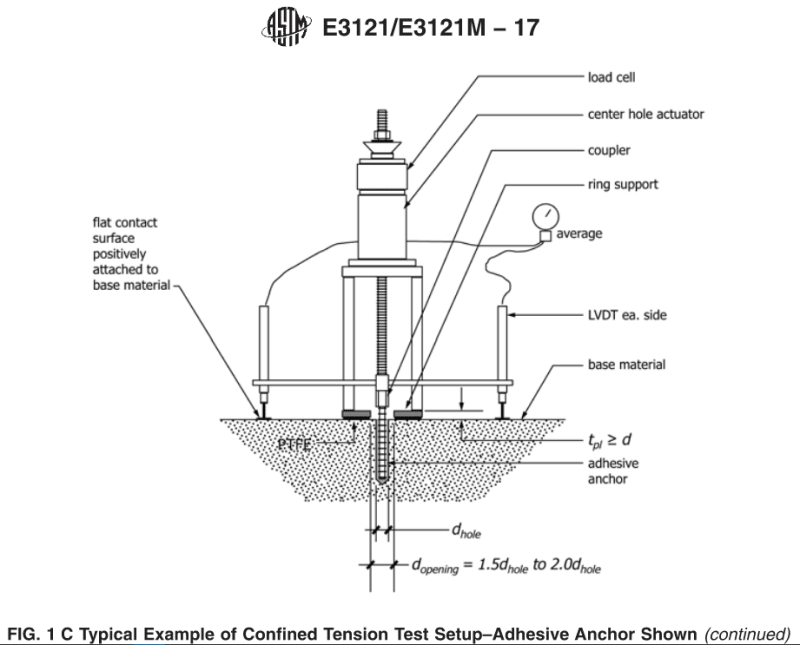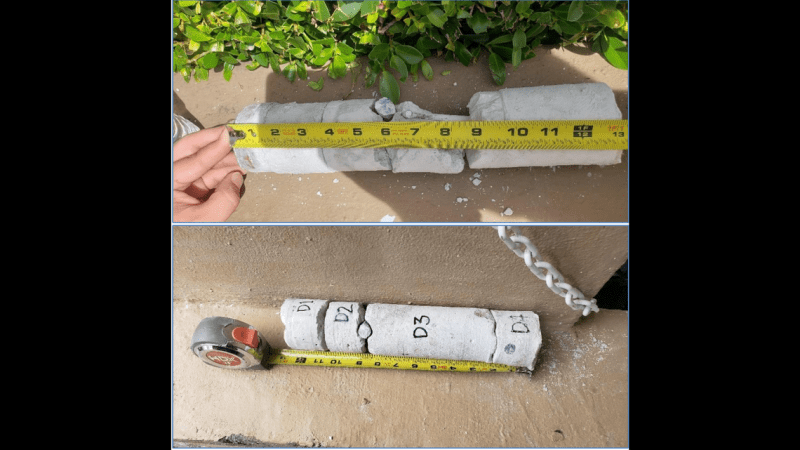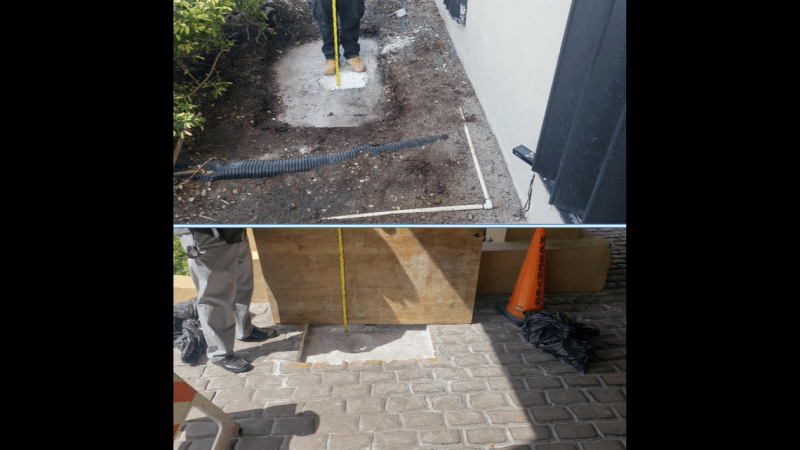AtomixPro said:
As far as litigation goes or 'take away lessons', would a car hitting a column or a weakened roof/balcony element falling change anything? Neither should cause a building to collapse.
As far as litigation, who knows? My experience in much, much simpler cases is that everyone who possibly had anything to do with the loss gets sued. Then that gets narrowed down during litigation until they find the few parties most at fault with the biggest pockets.
As for 'take away lessons' I think it's our job as engineers to think of the unthinkable. If that thing has some reasonable chance of happening and making our designs fail, then we need to keep working. I agree that this building seemingly had huge latent problems of its own. A vehicle collision in a parking garage or improper drilling in a roof slab shouldn't collapse a building, but that fact that we're talking about it implies that it's plausible.
I don't think it's inevitable that huge problems have to turn into huge, catastrophic failures. Simple fixes might add a little bit of cheese to the swiss cheese and keep this from happening again: a little more impact protection to the garage, a little more care in placing roof anchors, a little more slope to the pool deck, a little more this, a little more that...
I think non-engineer decision-makers have a lot to learn too. Maybe it's time to rethink building high rises 50 feet from the beach. Maybe city zoning ordinances need to relax minimum parking requirements so we don't sacrifice shear walls for a few extra parking spaces. Maybe this was just a fluke and nothing needs to change. It's going to take a while to understand the implications of all this.
We don't know all the causes of this, but I think most of us agree it was a combination of many factors, some of which might actually be pretty cheap and easy to fix the next time around.
Bradley Wilder, P.E.
Construction P.E. (KY), MBA
Bridge Rehab, Coatings, Structural Repair

